
Solar Water Pump Drives: Development and Future Trends
Solar Water Pump Drives: Development and Future Trends
Introduction
Solar water pumping represents a transformative technology that harnesses solar energy to provide a sustainable, economical, and reliable solution for irrigation, drinking water, and livestock watering, particularly in remote and off-grid areas. The core of this system is the solar pump drive, which has evolved significantly from simple direct-current (DC) motors to sophisticated, intelligent systems. This evolution is driven by advancements in photovoltaic (PV) technology, power electronics, and motor design.
Historical Development and Technological Evolution
The development of solar pump drives can be traced through several key phases:
1. Early Systems: DC Motors and Direct Coupling
-
Technology: The earliest systems used permanent magnet DC (PMDC) motors. They were directly connected to the solar panels without any electronic controls.
-
Advantages: Simple, low cost, and easy to implement.
-
Disadvantages: Highly inefficient. Their performance was entirely dependent on immediate solar irradiance—slowing down or stopping under clouds and completely inoperative without sunlight. They also suffered from high maintenance due to brush wear.
2. Introduction of Power Electronics: The MPPT Controller
-
Technology: The development of Maximum Power Point Tracking (MPPT) controllers was a revolutionary leap. An MPPT is an electronic DC-DC converter that optimizes the match between the solar array and the pump motor.
-
Advantages: It continuously adjusts the electrical operating point of the modules to extract the maximum available power for the pump, increasing efficiency by up to 30% compared to direct coupling. This allowed pumps to start earlier in the morning, run later in the evening, and perform better under partial shading.
3. Shift to AC Systems: Inverters and AC Motors
-
Technology: The advent of efficient and cost-effective inverters enabled the use of Alternating Current (AC) motors, primarily brushless three-phase induction motors and permanent magnet synchronous motors (PMSM).
-
Advantages:
-
AC Induction Motors: Rugged, reliable, low maintenance (brushless), and widely available. They require a variable frequency drive (VFD) with an MPPT algorithm to convert the DC from the panels to AC.
-
PMSM Motors: Offer higher efficiency and better performance at partial loads compared to induction motors. They are becoming the standard for high-performance solar pumps due to their compact size and superior efficiency across a wide speed range.
-
4. Integration of Energy Storage and Smart Controls
-
Technology: The latest systems integrate battery storage through hybrid inverters and incorporate sophisticated microcontrollers and IoT (Internet of Things) sensors.
-
Advantages: Batteries allow for water pumping during nighttime or cloudy days, providing a consistent water supply. Smart controllers enable features like automatic dry-run protection, remote monitoring and control via smartphones, flow control, and integration with weather forecast data to optimize water usage.
Future Trends
The future of solar pump drives is focused on enhancing intelligence, reliability, and integration.
1. Hyper-Efficiency through Advanced Components
-
Wide-Bandgap Semiconductors: The use of Silicon Carbide (SiC) and Gallium Nitride (GaN) in inverters will lead to smaller, more efficient, and more heat-resistant drives, further reducing energy losses.
-
High-Efficiency Motor Designs: PMSM motors will continue to dominate, with optimizations for specific pump types (centrifugal, positive displacement) to maximize overall system efficiency.
2. Artificial Intelligence (AI) and IoT Integration
-
Predictive Pumping: AI algorithms will analyze historical weather data, real-time weather forecasts, and soil moisture sensors to create optimal pumping schedules. The system will pump more when bright sunshine is predicted and conserve energy when clouds are expected.
-
Predictive Maintenance: Sensors will monitor vibration, temperature, and performance parameters to predict potential failures (like bearing wear or impeller clogging) before they happen, alerting farmers via SMS or app notifications.
-
Digital Twin Technology: Creating a virtual model of the physical pumping system will allow for simulation, performance analysis, and optimization without disrupting actual operations.
3. Hybridization and Grid Interaction
-
Solar + Grid + Storage Hybrid Systems: Intelligent controllers will seamlessly blend power from solar panels, batteries, and the grid (if available) to ensure uninterrupted operation at the lowest possible cost. Systems will be designed to sell excess solar energy back to the grid in some configurations.
-
Advanced Battery Integration: As battery costs fall, integration will become standard. New battery chemistries beyond lithium-ion, suited for stationary storage, will improve lifespan and safety.
4. Modular and Scalable Design
-
Future systems will be highly modular, allowing farmers to start with a basic system and easily add more solar panels, storage capacity, or pumping power as their needs and budgets grow.
5. Focus on Total System Solutions and Water-Energy Nexus
-
The industry will shift from selling just a pump to providing a complete water solution. This includes the solar array, the smart drive, the pump, drip irrigation systems, and remote management software. The focus is on delivering the most water per unit of solar energy invested, optimizing the crucial water-energy nexus.
Conclusion
The development of solar water pump drives has been a journey from simple mechanical devices to intelligent, connected energy systems. Driven by the global need for sustainable agriculture and water security, this technology has overcome initial barriers of cost and complexity. The future points towards even smarter, more integrated, and highly efficient systems that not only pump water but also manage water resources intelligently. By leveraging AI, IoT, and advanced power electronics, solar pumping is poised to become the default solution for irrigation and water supply worldwide, empowering communities and promoting sustainable development.
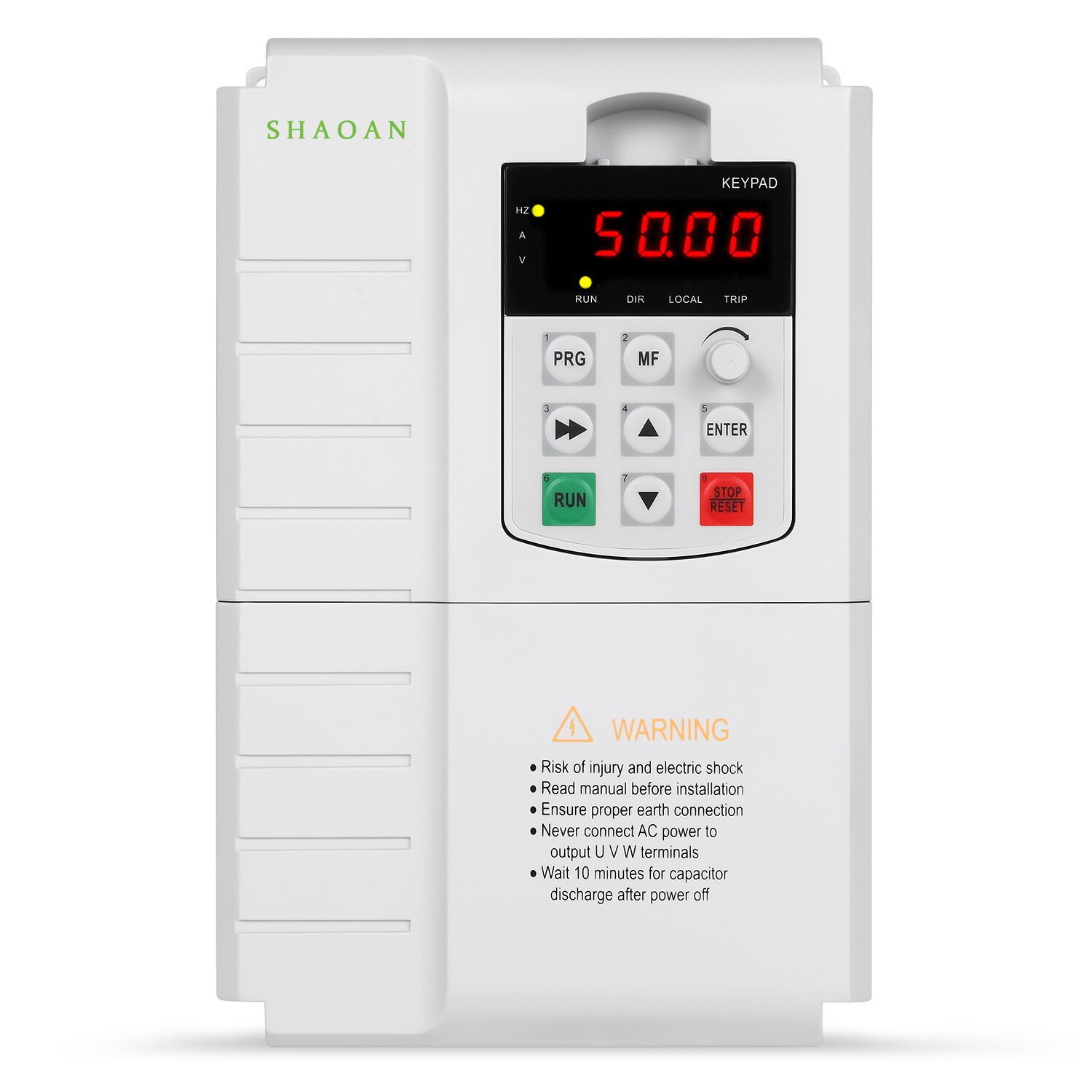
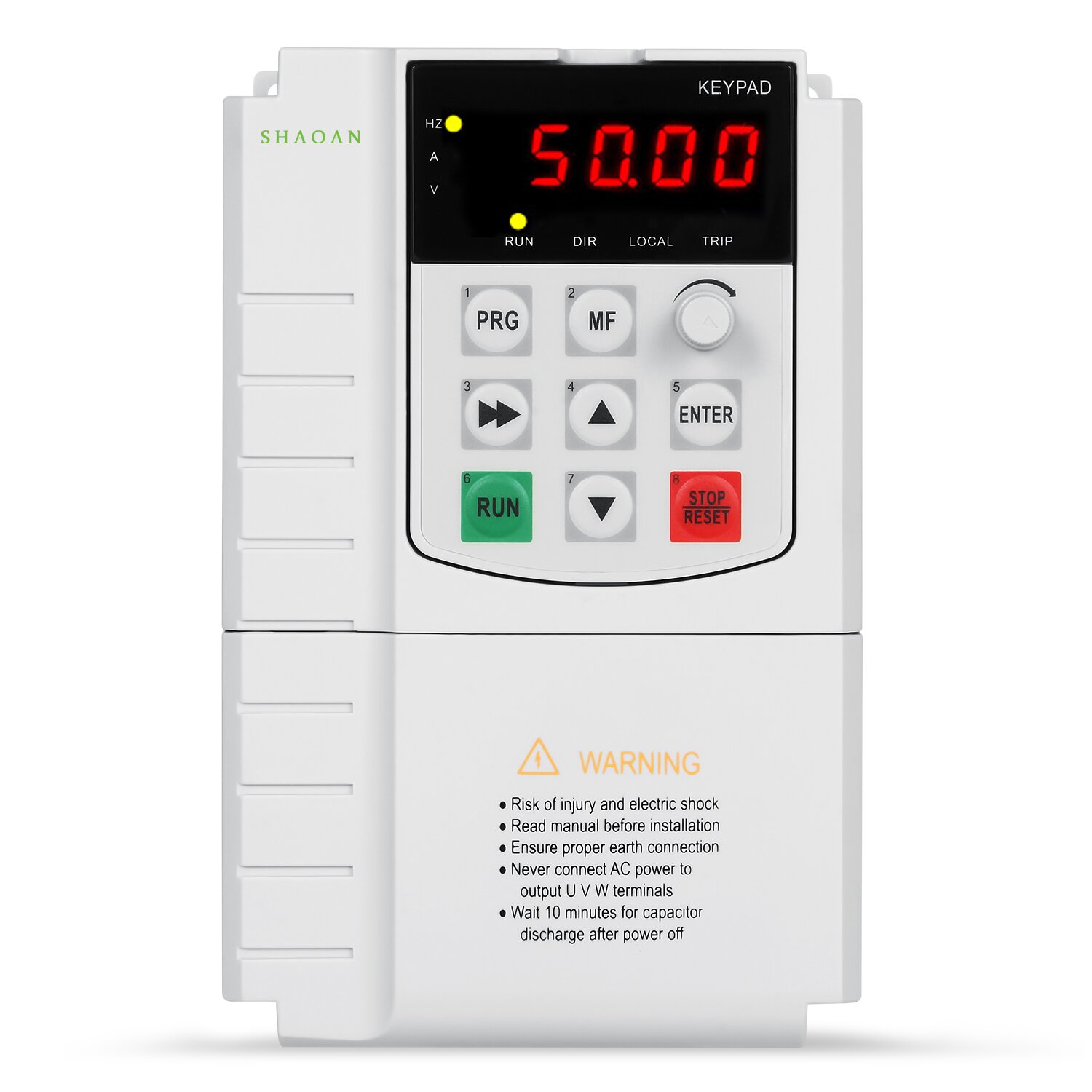
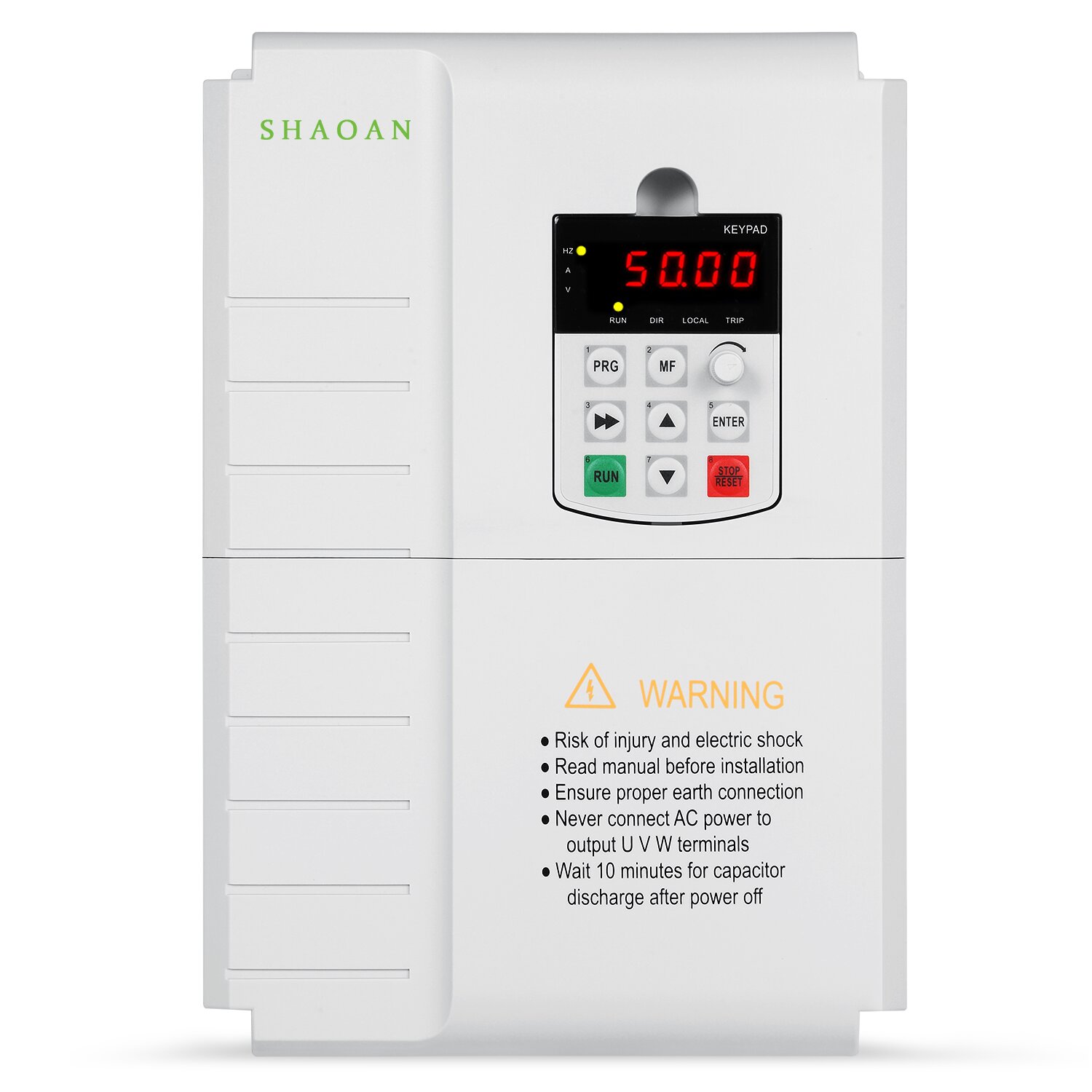

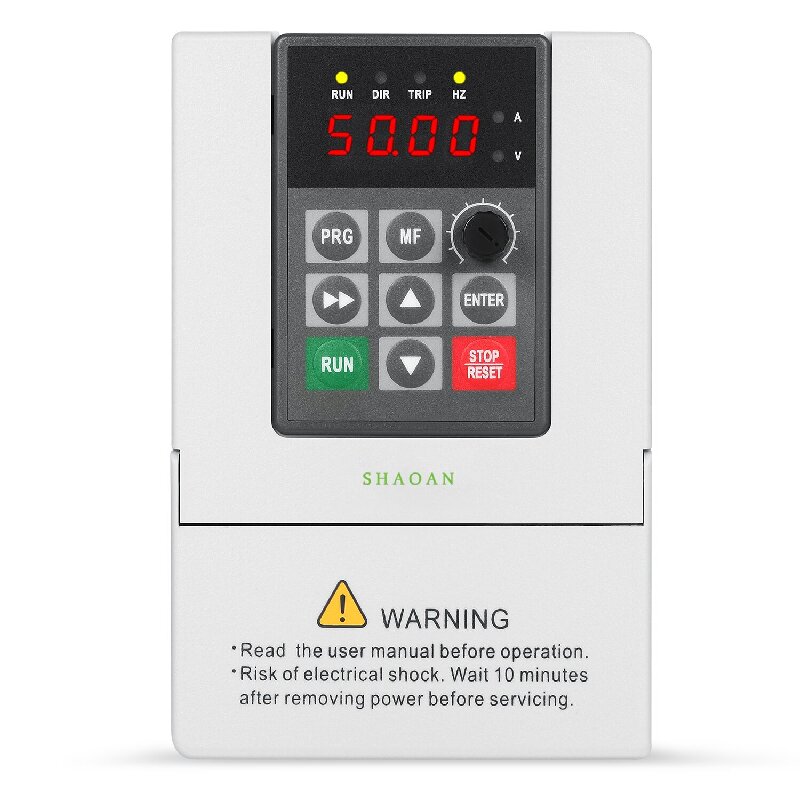
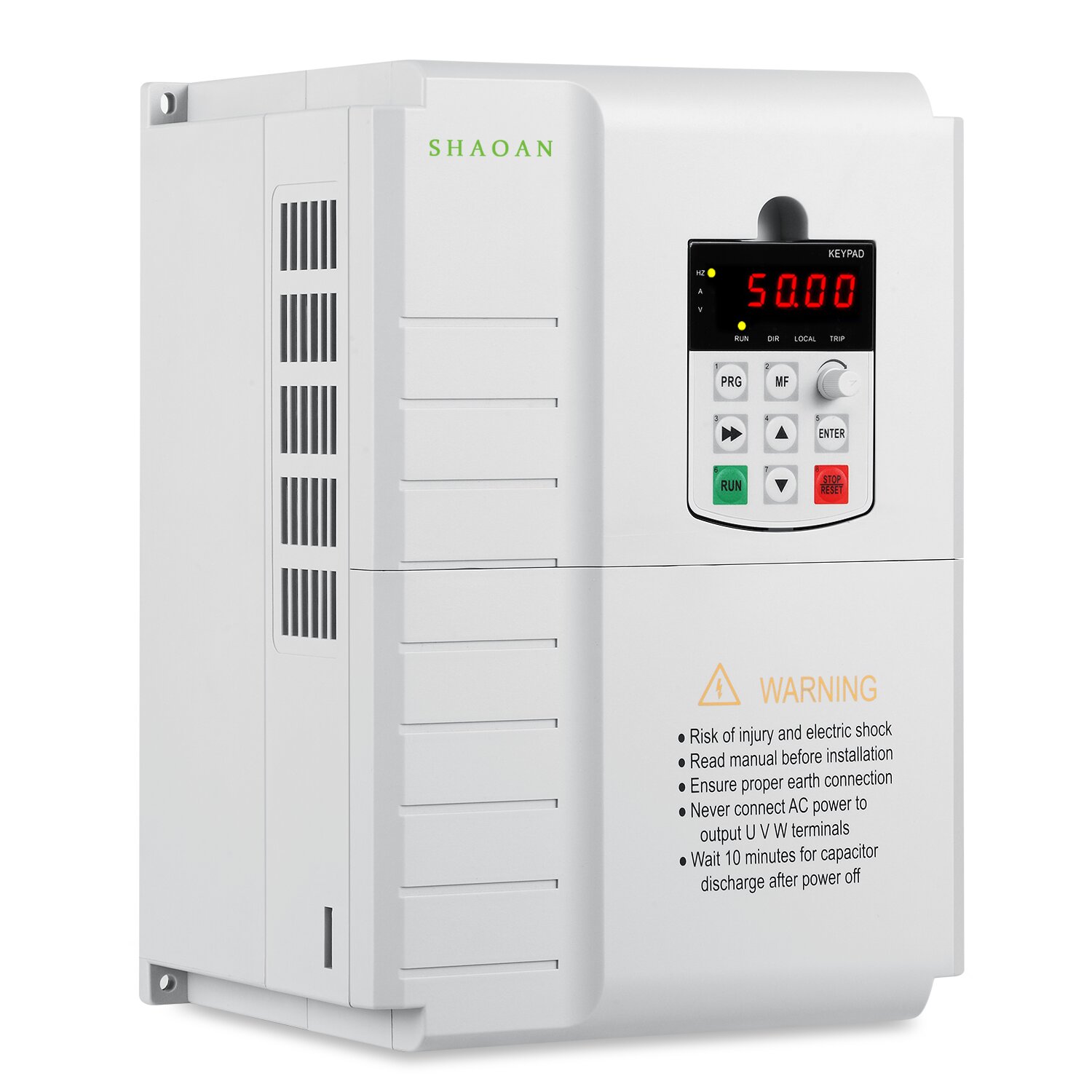
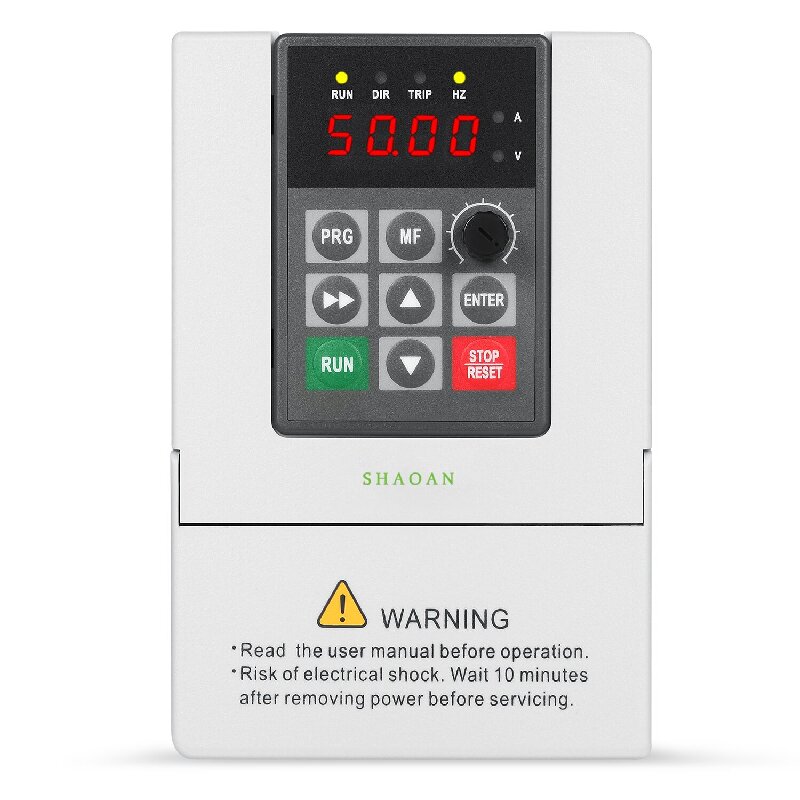






 IPv6 network supported
IPv6 network supported